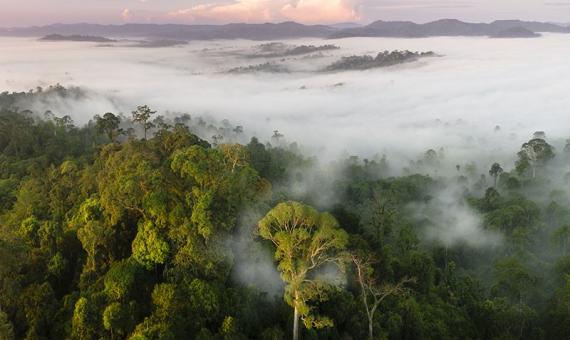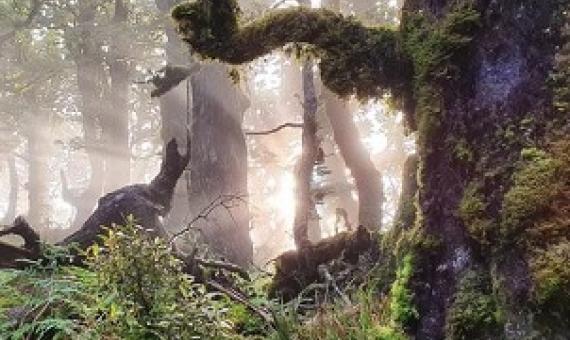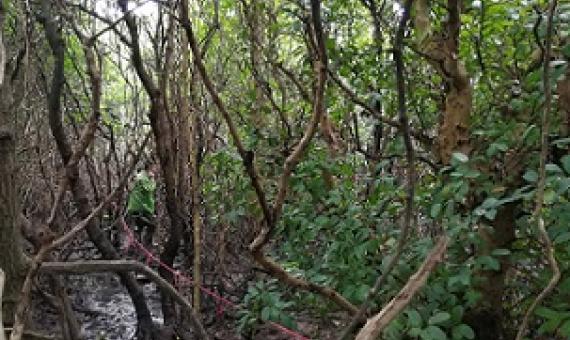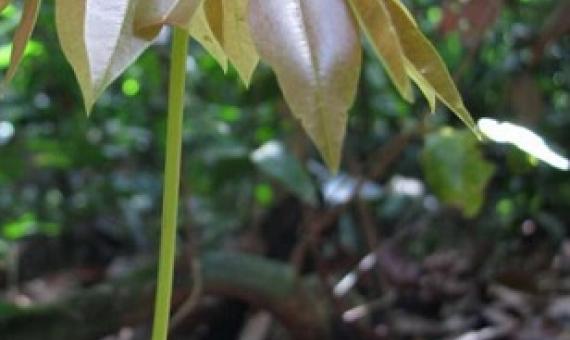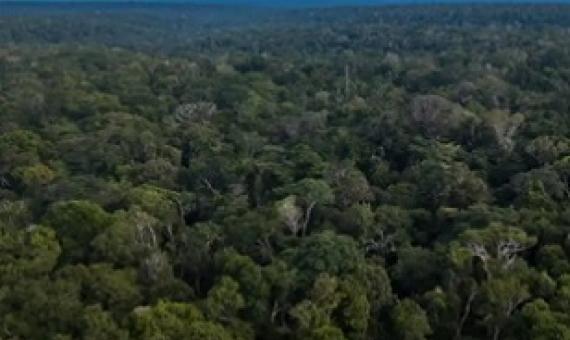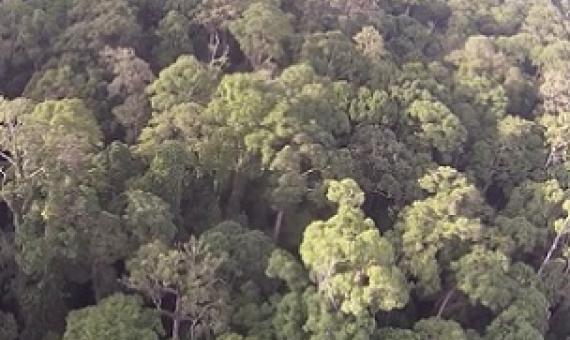Landscapes are showing signs of losing their ability to absorb the amount of carbon they once could, a new study revealed. That would pose serious obstacles to the fight against climate change.
Native habitats are increasingly unable to store carbon because introduced pests are chewing through forests, shrublands, and tussocklands, new research says. For the first time, Forest and Bird research has linked the habits of browsing pests to carbon emissions.
Mangrove forests with greater species diversity can store more carbon, according to new research published in the British Ecological Society journal Functional Ecology.
A global analysis reveals for the first time that across almost all tree species, fast growing trees have shorter lifespans.
A push to better recognise the economic value of “natural capital” – water systems, biodiversity, soil and carbon stores – has prompted the creation of what aims to be the world’s largest investment firm dedicated to projects that help the planet.
More than half of the world's aboveground carbon is stored in tropical forests, the degradation of which poses a direct threat to global climate regulation. Deforestation removes aboveground carbon in the form of trees, reducing the size of global carbon stocks in the process.

